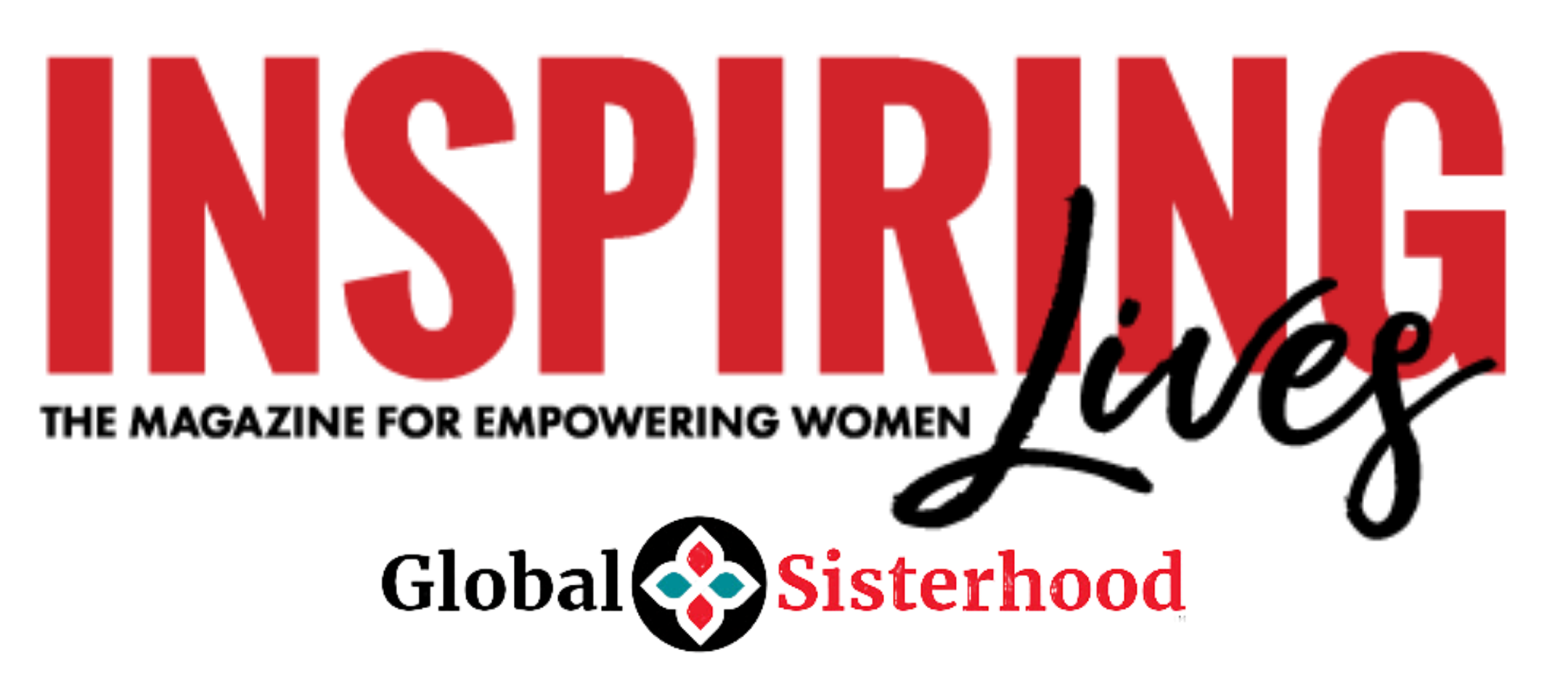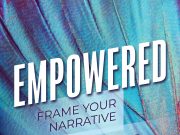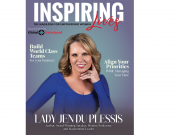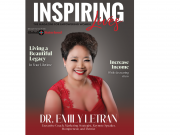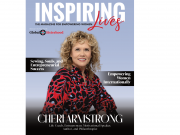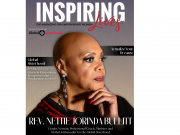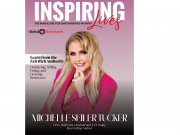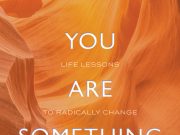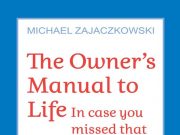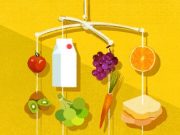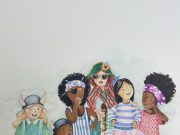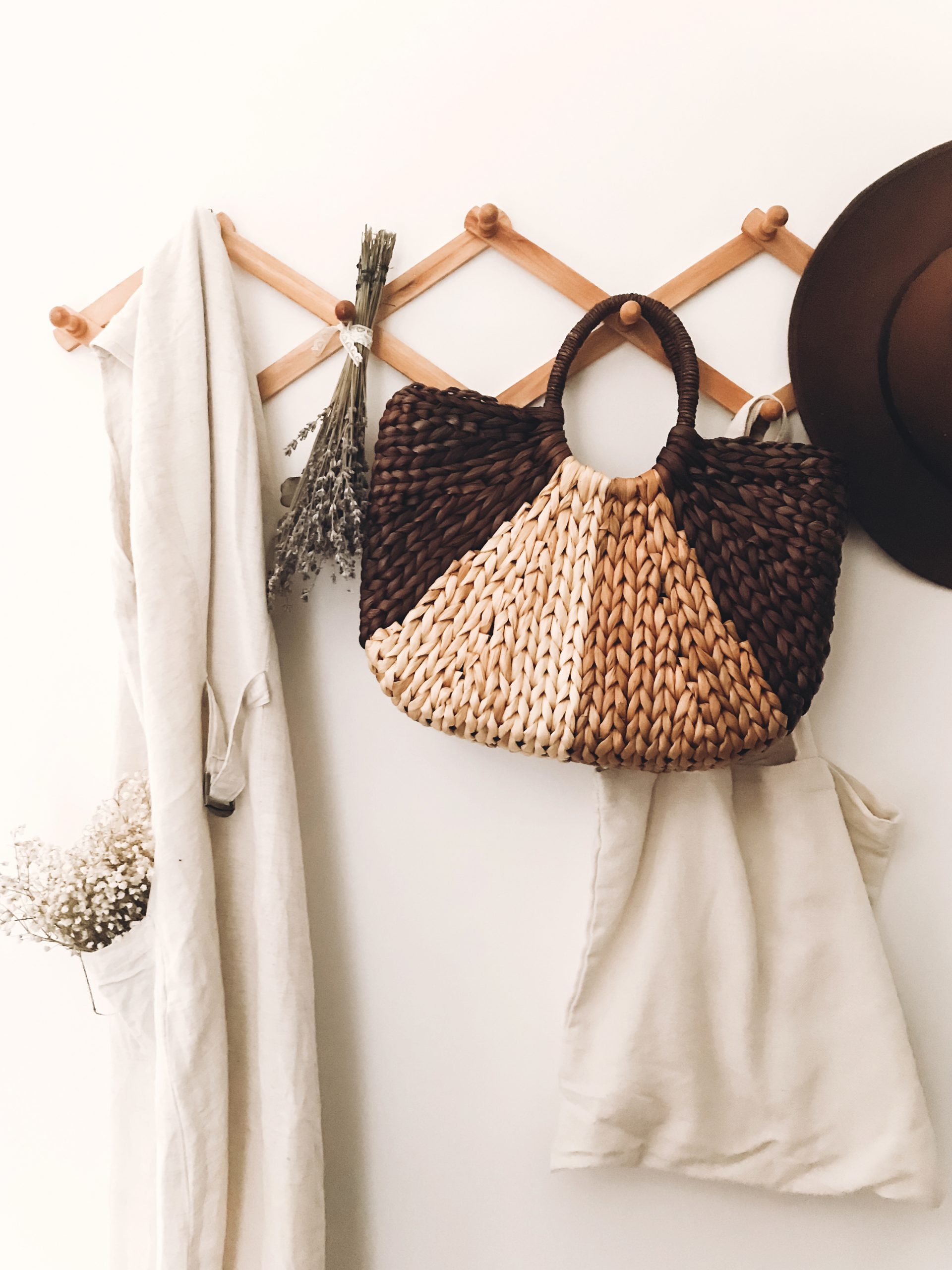Sustainable fashion has blown up recently. The UN Environment Programme estimates that the fashion industry is responsible for 20% of global waste water as well as 10% of global carbon emissions. The rapid mass production of inexpensive and trendy clothing—also known as fast fashion—contributes to depleting resources and air, water, and land pollution, and it creates unethical trade practices like unfair wages and child labor.
This means everyone should be more mindful of their purchasing habits when it comes to shopping for clothes. Every piece that we pick up from retailers should be evaluated in terms of its ethical and environmental production before it finds its way into our closet. By doing this, it creates a higher demand for sustainable products rather than easily disposable items that harm the environment and the people who make them. To start your own long-lasting and eco-friendly wardrobe, here are a few tips to keep in mind.
Sort out your existing wardrobe
Creating a sustainable wardrobe starts with making use of what you already have, not buying new items. Organize your closet by taking everything out and sorting into different piles: clothes you wear regularly, clothes that don’t fit, and clothes you can part with. Throwing clothes out is not very sustainable and will quickly fill up our landfills, so it’s best to repurpose or donate the third pile. For example, empowered woman Dr. Michele Langbein donated clothes from her embroidery business to victims of floods, and that’s something that you can do, too.
Learn how to tailor
Many people save clothes they’re hoping to grow or shrink into, but you might still be able to wear your ill-fitting clothes by having them altered or learning how to do it yourself. Writer Chrissy Callahan notes that basic alterations can be done for a fixed price and these typically include hemming of pants or sleeves. But prices for other changes, like tailoring a dress, will depend on the fabric, cut, layers, and other aspects of the item, so expect to pay more than usual. However, it will still be cheaper and more eco-friendly than buying new clothes.
Invest in versatile clothes
If you absolutely have to purchase new clothing, opt for pieces that are versatile and can be used for several occasions or settings. Look for items you can mix and match, such as practical blazers and sturdy jeans, or useful garments you can throw on over and over, such as cardigans and dresses. The selection of stylish dresses on Woman Within are a testament to the versatility of this particular item of clothing, especially since they can be layered to fit different seasons or occasions. For example, a floral maxi dress can be worn as it is for the summer, or can be layered with a thick knit sweater for colder days. This also means they can be mixed to make completely new ensembles. The key is to be creative and accessorize!
Master the art of layering, mixing, and matching
When it comes to layering, The Lifestyle Files recommends combining and experimenting with different textures, especially if your wardrobe is more minimalist and monochromatic. Faux leather can be paired with cotton and other softer textures to give your outfit more depth and dimension. The list of wardrobe staples from brands like ASOS and Everlane include the ever-useful pair of black trousers, plain white tees, dark wash denim, a sleek blazer, and the little black dress. From there, you can build your everyday attire without creating identical looks!
Shop ethical and eco-friendly brands
If shopping for clothes is unavoidable, try to purchase from brands that are eco-friendly and ethically made. Support locally made goods or purchase vintage clothing—that’s always in style! The range of sustainable clothing items from Pittsburgh, Pa.’s Flux Bene and The Edie Company are great starting points, as well.
All in all, creating a sustainable wardrobe is about applying mindfulness to your purchasing habits. It requires more time and decision-making, yes, but sustainability in fashion is needed now more than ever, and every little contribution counts.
